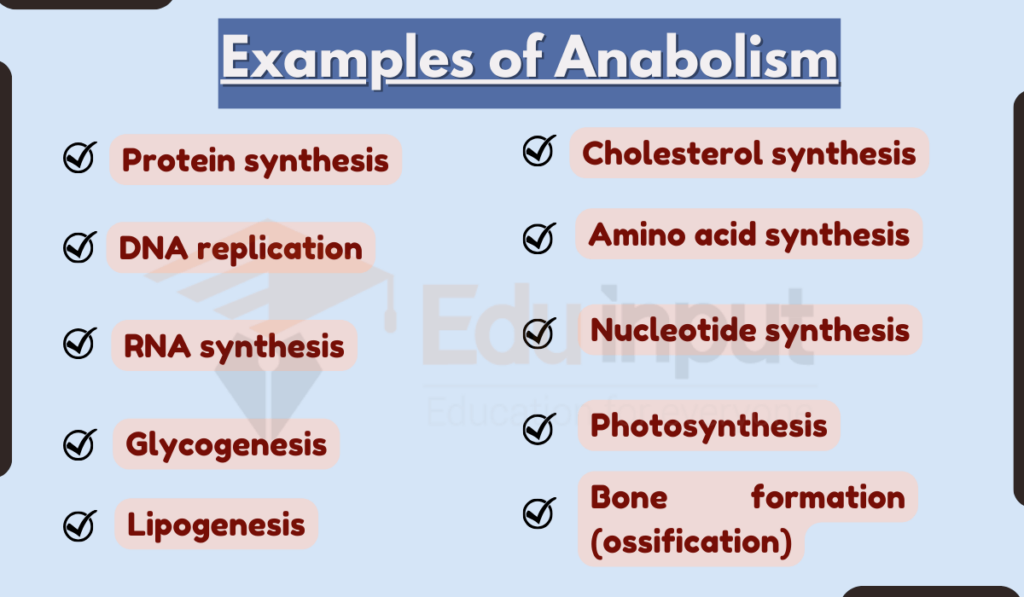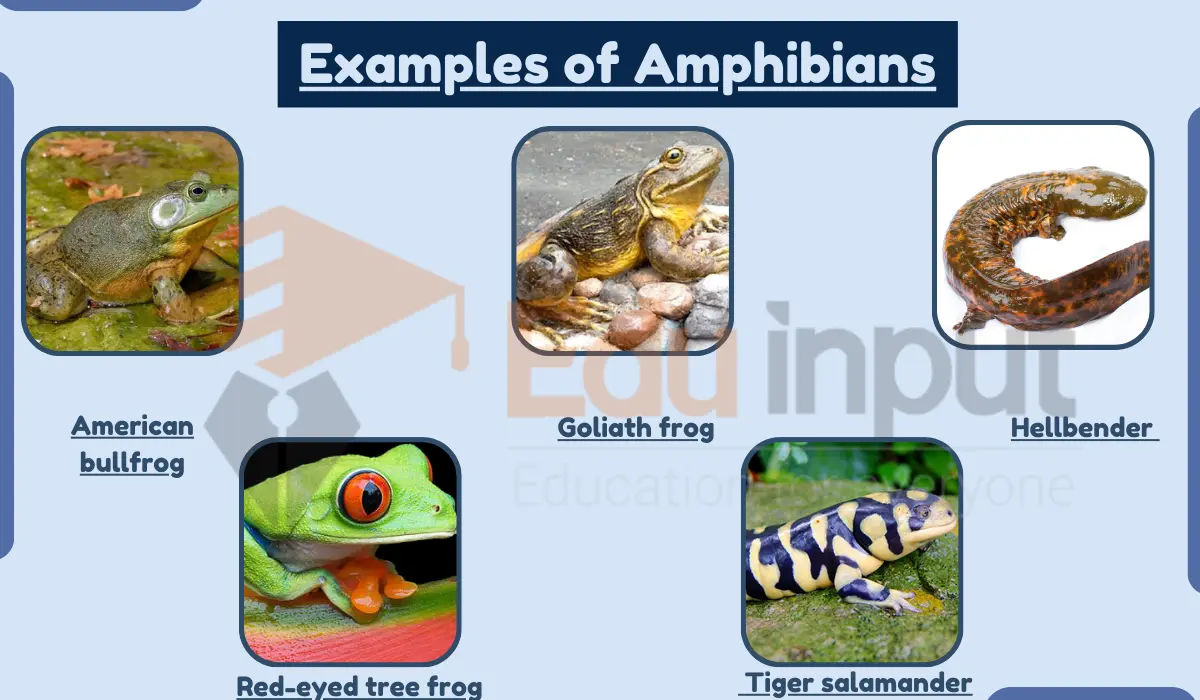10 Examples of Anabolism
Anabolic processes include protein synthesis, DNA replication, RNA synthesis, glycogenesis, lipogenesis, cholesterol synthesis, amino acid synthesis, nucleotide synthesis, photosynthesis, and bone formation (ossification).

Examples of Anabolic Processes
Here is a list of anabolism examples:
1. Protein synthesis
Protein synthesis is one of the most important anabolic processes in the body. Cells create proteins from amino acids in this process. Proteins are essential for many biological processes, including growth, repair, and immunity.
2. DNA replication
DNA replication is another common anabolic process. Cells create copies of their DNA in this process. DNA is the genetic material that contains the instructions for building and maintaining cells.
3. RNA synthesis
RNA synthesis is the process by which cells create RNA molecules from DNA templates. RNA molecules are involved in many cellular processes, including protein synthesis and gene expression.
4. Glycogenesis
Glycogen synthesis is a common anabolic process in which the body stores glucose molecules as glycogen. Glycogen is a form of stored energy that can be used by cells when needed.
5. Lipogenesis
Lipogenesis is the process by which triglycerides (fats) are synthesized from glycerol and fatty acids. Triglycerides are a form of stored energy that can be used by cells when needed.
6. Cholesterol synthesis
Cholesterol synthesis is the process by which cholesterol molecules are produced. Cholesterol is an essential component of cell membranes and precursors for various hormones.
7. Amino acid synthesis
Amino acid synthesis is the process by which amino acids are created from simpler precursors. Amino acids are the building blocks of proteins.
8. Nucleotide synthesis
Nucleotide synthesis is the process by which nucleotides, the building blocks of DNA and RNA, are constructed from smaller molecules.
9. Photosynthesis
Photosynthesis is the process by which plants and some bacteria convert carbon dioxide and water into glucose and oxygen using sunlight as an energy source.
10. Bone formation (ossification)
Bone formation (ossification) is the process by which bones are formed. In this process, minerals like calcium and collagen fibers are deposited to strengthen the skeleton.

 written by
written by 


Leave a Reply